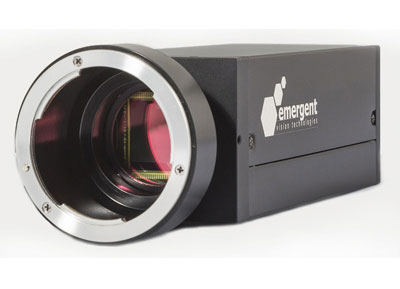3D imaging for machine vision is growing common as costs and cameras shrink dramatically. 3D technology provides opportunities for efficient quality control and robotic guidance. 3D machine vision imaging simplifies inspections, allowing them to take place at a faster speed and with fewer cameras deployed. It also opens up opportunities in areas like motion analysis.
Many implementations of 3D machine vision are maturing:
- Stereo imaging – inspired by the human eye’s own imaging system.
- Structured light line, also known as “sheet of light.”
- Light pattern projection, as in consumer video game consoles.
- Multi-camera capture of height from focus, shape, and shading.
Which is best for industrial applications? A technique must be robust and scalable to operate on the plant floor. Specific hardware should be combined with “hardware agnostic” techniques for best results.
Point Cloud & Single Points
Point cloud systems go beyond the X/Y coordinates of a flat scene, visualizing space as a cloud of related X/Y/Z coordinates. After the image is captured, additional processing extracts single points for isolation or analysis. Focusing on single points optimizes processor use and accelerates results.
Stereo Imaging
Stereo imaging relies on a pair of cameras to evaluate one view from two perspectives. These systems are versatile, but can suffer from correspondence problems requiring careful calibration.
Structured Light Lines
Structured light offloads processing thanks to known properties of a given illumination pattern on complex shapes. This allows valuable data to be extracted from images of the light line itself.
Flight Imaging
In this technique, distance is calculated by measuring the time it takes for light to be projected onto a surface and return to the sensor.
Next generation machine vision 3D cameras, like Emergent Vision Technologies 12MP and 20MP cameras, will balance the need to simplify calibration and maintenance with the importance of delivering sophisticated 3D functionality. There are challenges to be overcome, but the future looks promising.
